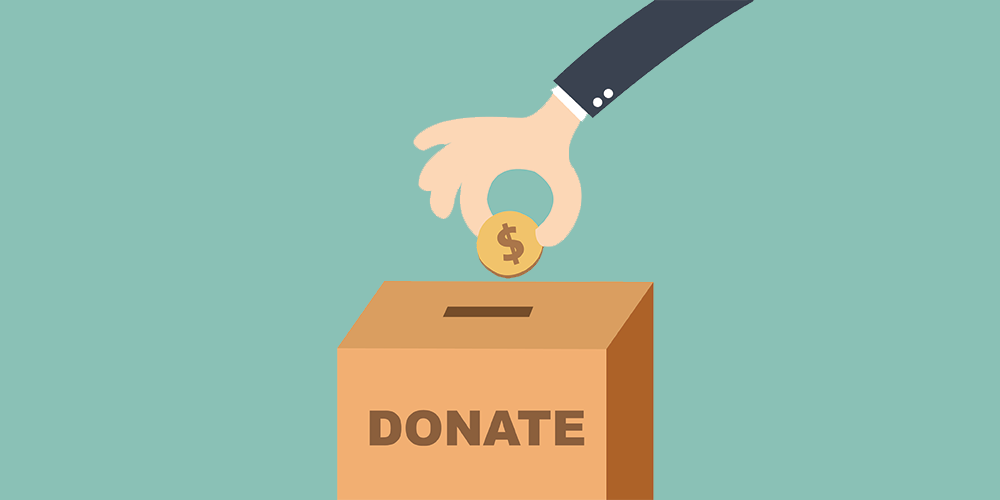How emotions sway decisions
BY AMY ADAMS
If decisions were purely a matter of weighing the pros and cons, charitable donations would likely dwindle to nothing – because what's in it for me?
But in any decision we make, those cold, hard calculations are complicated by emotions, thoughts, opinions and memories from the rest of the brain. The end result is a decision based not solely on weighing the costs and benefits but often driven considerably by pure emotion.
Nik Sawe, a graduate student in the Stanford School of Earth, Energy & Environmental Sciences, was curious about which brain regions were swaying people when making decisions about environmental costs – which light bulb to buy, or which natural spaces to protect – given that many of the benefits of those investments don't directly affect us personally.
In one study, Sawe and Brian Knutson, an associate professor of psychology and neuroscience and a member of Stanford Bio-X, investigated which brain regions were active when people were making decisions on environmental issues.
Subjects lying in an MRI machine were shown images of iconic state and national parks, and then images of proposed uses for parts of those parks that would cause environmental damage. As expected, iconic images activated a part of the brain's reward pathway involved in anticipating good outcomes, like getting money or food, and images of destructive land uses triggered a part of the brain that is often associated with response to bad outcomes, like experiencing pain or losing money.
Each time the study participants saw a park under threat, they were asked if they wanted to donate money to prevent the proposed destructive land uses. Those people whose brains reacted most strongly to the destructive land uses were most likely to give. Moreover, this response was significantly stronger in people who possessed stronger pro-environmental attitudes.
"My hunch is that people get outraged over the proposed negative actions of a third party and that's what drives donation," Sawe said. "It's punitive."
How strongly people reacted to the positive images – how much they might pleasurably anticipate hiking those lovely trails or sitting by the towering waterfalls – didn't predict whether or not the person would give money.
This differs from the findings of other studies on donations to charities and orphans. Sawe said that in these other instances, donations appear to be driven by people's positive anticipation of the warm glow of giving.
In each case, he said, it's our emotions that often override the pure cost-benefit analysis that goes into deciding which cause to support.
